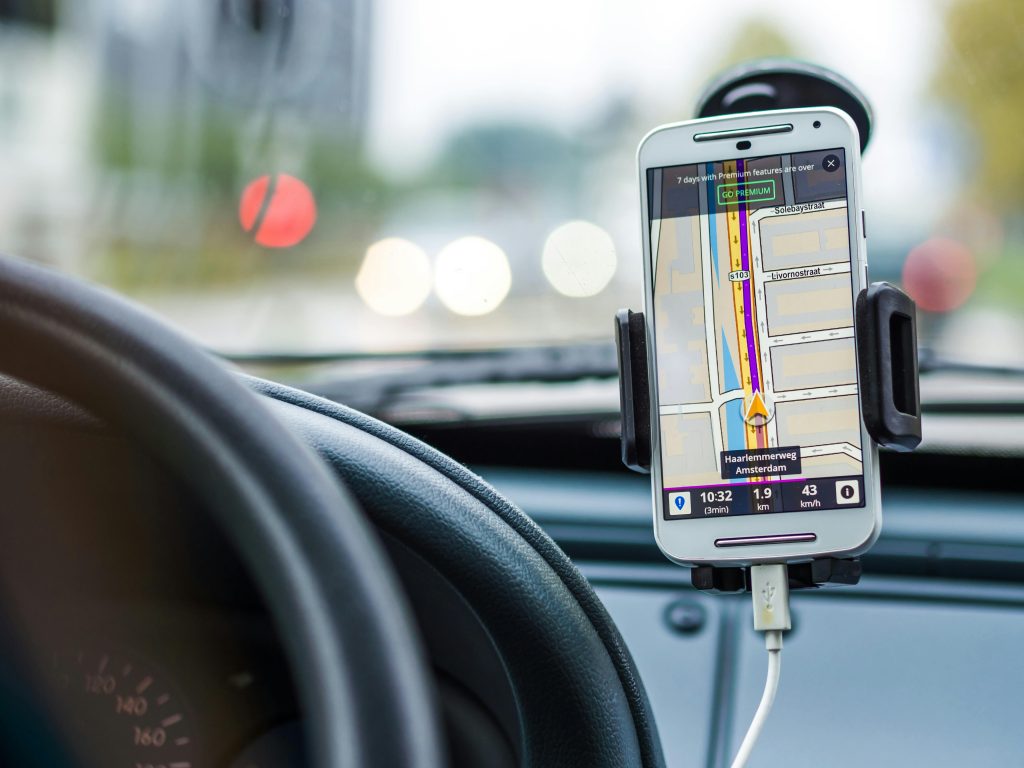Introduction
From solo hikers exploring remote bush trails to families heading out for a weekend camping trip, the great outdoors offers adventure, freedom—and real risks. That’s why outdoor safety is more important than ever, especially in Australia’s vast and often unpredictable terrain.

Enter GPS tracking. No longer just for fleet vehicles or smartphones, GPS tracking devices have become a game-changing safety tool for outdoor enthusiasts. Whether you’re trekking the Blue Mountains, off-roading through the Outback, or boating off the coast, GPS tracking can keep you visible, connected, and safe. In this post, we’ll explore how GPS tracking works and why it should be part of every outdoor safety plan.
What Is GPS Tracking?
GPS (Global Positioning System) tracking uses satellites to pinpoint the real-time location of a device anywhere on Earth. A GPS tracker collects location data and transmits it—via cellular, satellite, or radio signals—to a computer, smartphone app, or central server.
There are two main types:
- Active trackers: Send real-time data continuously.
- Passive trackers: Store data for later retrieval.
For outdoor safety, active GPS trackers are ideal because they provide live location updates, two-way communication, and emergency alerts.
The Role of GPS Tracking in Outdoor Safety
1. Real-Time Location Sharing
One of the most powerful safety benefits is the ability to share your live location with friends, family, or emergency responders.
Use cases:
- A solo hiker can let loved ones track their progress on a multi-day trail.
- A boating crew can be located quickly in case of engine failure.
- Parents can keep tabs on teens during outdoor adventures or camping trips.

Platforms like TrackPath’s outdoor GPS solutions offer custom location sharing links, so your contacts can view your journey in real-time from any device.
2. Emergency SOS Alerts
Modern GPS devices often include emergency buttons or automatic alert systems that trigger when a fall, crash, or immobility is detected.
- Pressing an SOS button sends your exact location to emergency services or a designated contact list.
- Some systems automatically escalate if there’s no response within a set timeframe.
For example, hikers lost in dense bushland or off-roaders stuck without reception can still call for help—even when phones fail.
3. Navigation Assistance in Remote Areas
GPS trackers with mapping features allow users to:
- Track routes and backtrack if they stray off course
- Access preloaded trail maps or set custom waypoints
- Stay aware of their location even without phone reception

This is especially useful in areas with poor signage or unpredictable conditions like fog, snow, or shifting sand dunes.
4. Monitoring Groups and Teams
Outdoor group leaders, tour operators, and event coordinators can use GPS tracking to:
- Monitor the movement of multiple participants in real-time
- Ensure no one strays from the group
- Quickly respond to any unexpected stops or detours
Perfect for bushwalking clubs, school trips, scout groups, and adventure races.
5. Improved Rescue Response Times
In an emergency, every second counts. GPS trackers give rescuers your exact coordinates, reducing the time and guesswork involved in finding you.
Compare that to a vague phone call with directions like “somewhere near the third bend past the old gum tree.” GPS tech eliminates confusion and saves lives.
Additional Safety Features to Look For in a GPS Tracker
When choosing a GPS tracker for outdoor use, look for:
- Satellite communication (for areas without mobile coverage)
- Long battery life or solar charging
- Waterproof and rugged design
- Two-way messaging capabilities
- Geo-fencing (alerts when users leave a designated safe zone)

TrackPath’s advanced outdoor GPS tracking devices are built with all of these in mind—designed for harsh Australian conditions and trusted by explorers, families, and professionals alike.
Real-Life Example: Lost Hiker Found Thanks to GPS
In early 2024, a solo hiker in Victoria’s Alpine National Park triggered an SOS alert via her GPS tracker after getting caught in sudden white-out conditions. Thanks to her precise GPS coordinates, rescuers located her within 2 hours—despite zero visibility. Without the tracker, that story could’ve had a very different ending.
Conclusion
From navigation to emergency rescue, GPS tracking is more than a convenience—it’s a critical layer of outdoor safety. Whether you’re heading into the bush, exploring remote trails, or organizing group adventures, a reliable GPS tracking device gives peace of mind to you and everyone who cares about you.
As outdoor activities grow in popularity across Australia, don’t just pack your gear—pack smart. Make GPS tracking part of your safety toolkit.
Explore TrackPath’s GPS tracking solutions built for outdoor adventurers today.


